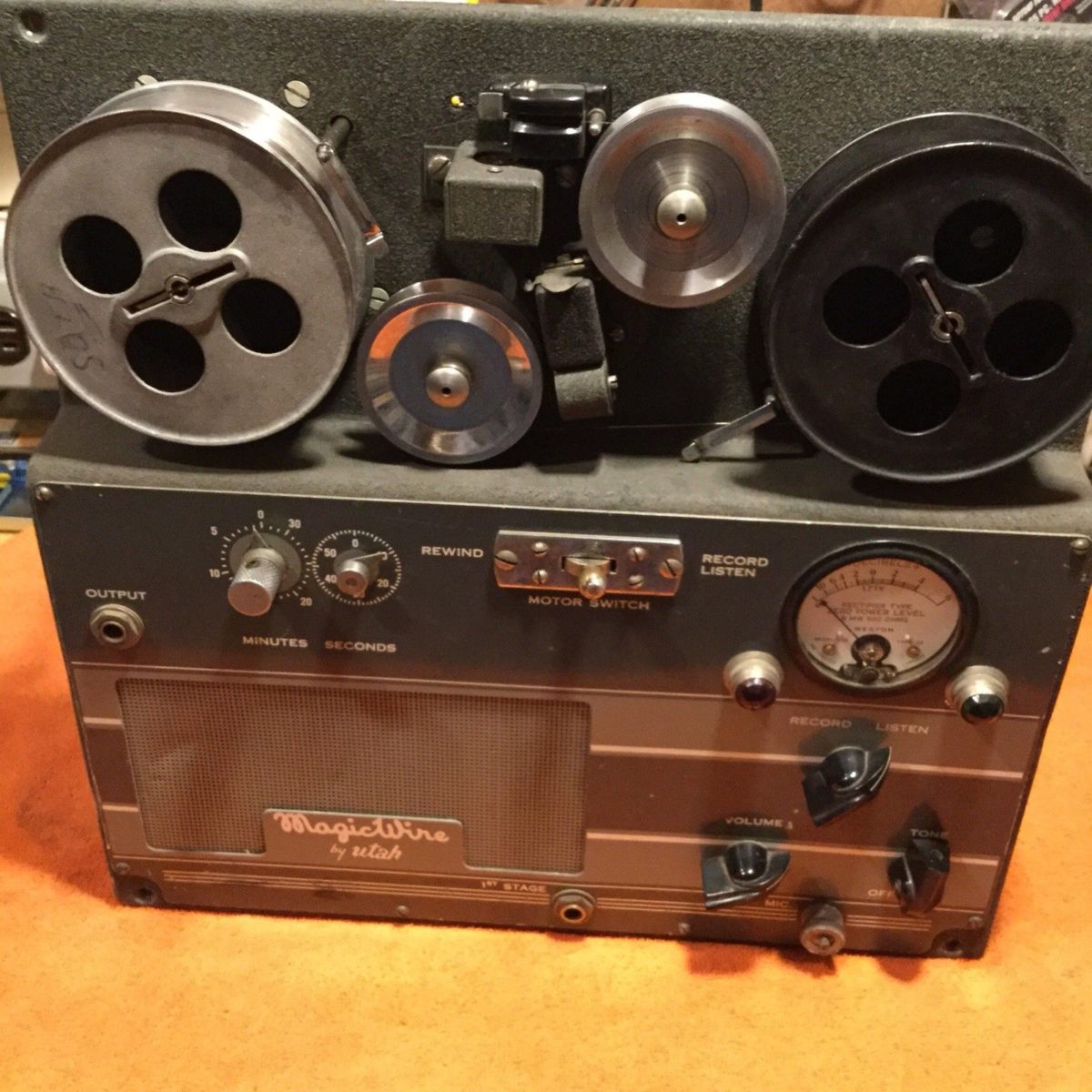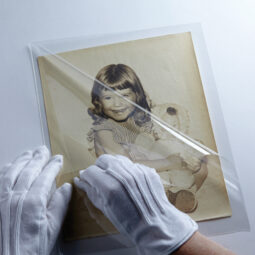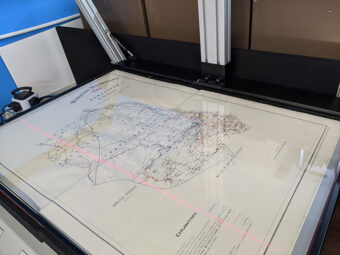
Do You Know Your Audio? with Oxford Duplication Centre
A little bit of historical knowledge, So what is recording?
Wire recording or magnetic wire recording was the first early magnetic recording technology. An analog type of audio storage in which a magnetic recording was made on a thin steel wire.
The first crude recorder was invented in 1898 by Danish inventor Valdemar Poulsen. With the first magnetic audio recorder to be made commercially available anywhere was The Telegraphone, which was manufactured by the American Telegraphone Company in Springfield Massachusetts.
HOW DOES IT WORK?
The wire is pulled rapidly across a recording head which magnetises each point along the wire in accordance with the intensity and polarity of the electrical audio signal being supplied to the recording head at that instant.
By later drawing the wire across the same or similar head whilst the head is not being supplied with an electrical signal, the varying magnetic field induces a varying electric current in the head recreating the original signal at a reduced level.
WHAT REPLACED THE WIRE RECORDER?
Magnetic wire recording was replaced by magnetic tape recording. The principles and the electronics are nearly identical. The magnetic tape was already in existence but the wire recording had an advantage, having that it was already fully developed whilst the tape recording was held back by the need to improve the materials and methods used to manufacture the tape.
More in Office Services

Catering laundry solutions for spotless table linens by Freya Gutteridge, Oxwash
In the catering industry, pristine table linens are essential for enhancing both presentation and hygiene. Crisp, spotless linens create a professional atmosphere and ensure a safe dining environment for guests. Effective laundry solutions, such as the use of biodegradable detergents and advanced washing techniques, help maintain fabric quality and remove tough stains without harming the environment.

Aston & James Wins Dealer of the Year at National Industry...
The BOSS Federation National Industry Awards Since 1905 BOSS has been the authoritative body for the UK business supplies industry, supporting the sector and its people. It is a not-for-profit organisation that concentrates its efforts on playing a strategic role in the support, promotion and protection of the industry. BOSS represents all businesses along the […]

100 Coats for Those Who Are Homeless in Oxfordshire This Winter
Help us donate 100 coats for those who are homeless in Oxfordshire this winter! Many of us enjoy the luxury of heat and shelter when the weather turns, but many people in Oxfordshire don’t have anywhere to call home. When the cold weather commences those in our community desperately need clean warm coats to help […]
From this author

Do You Have Paperbased Records – Its Time to Protect Those...
A very important reason to archive your documents and archives is to avoid losing data. All documents are vulnerable to being destroyed, deleted, natural disaster, such as a flood or fire. A more serious reason for document archiving is deterioration of the papertypes. I cannot count the number of times we have experienced paper […]

Maps, Plans & Posters | Oversized Scanning Solutions
Our services at Oxford Duplication Centre offer oversize scanning solutions for maps, plans and posters of any document type, from parchment, linen, cotton and paper. Our archive technicians have extensive experience in digitising complex document types into high quality digital files, ideal for archival purposes, viewing and uploading. Output formats are straightforward offering any type […]

Why You Should Consider Your Documents And Have Them Digitally Preserved.
Digitising paper documents into secure & accessible electronic records. Our services at Oxford Duplication Centre offer a complete range of document scanning solutions to digitise archives of existing records. We can handle any type of document, from student records to complex technical drawings, from a single file through to entire archives. Our services digitise upto […]

